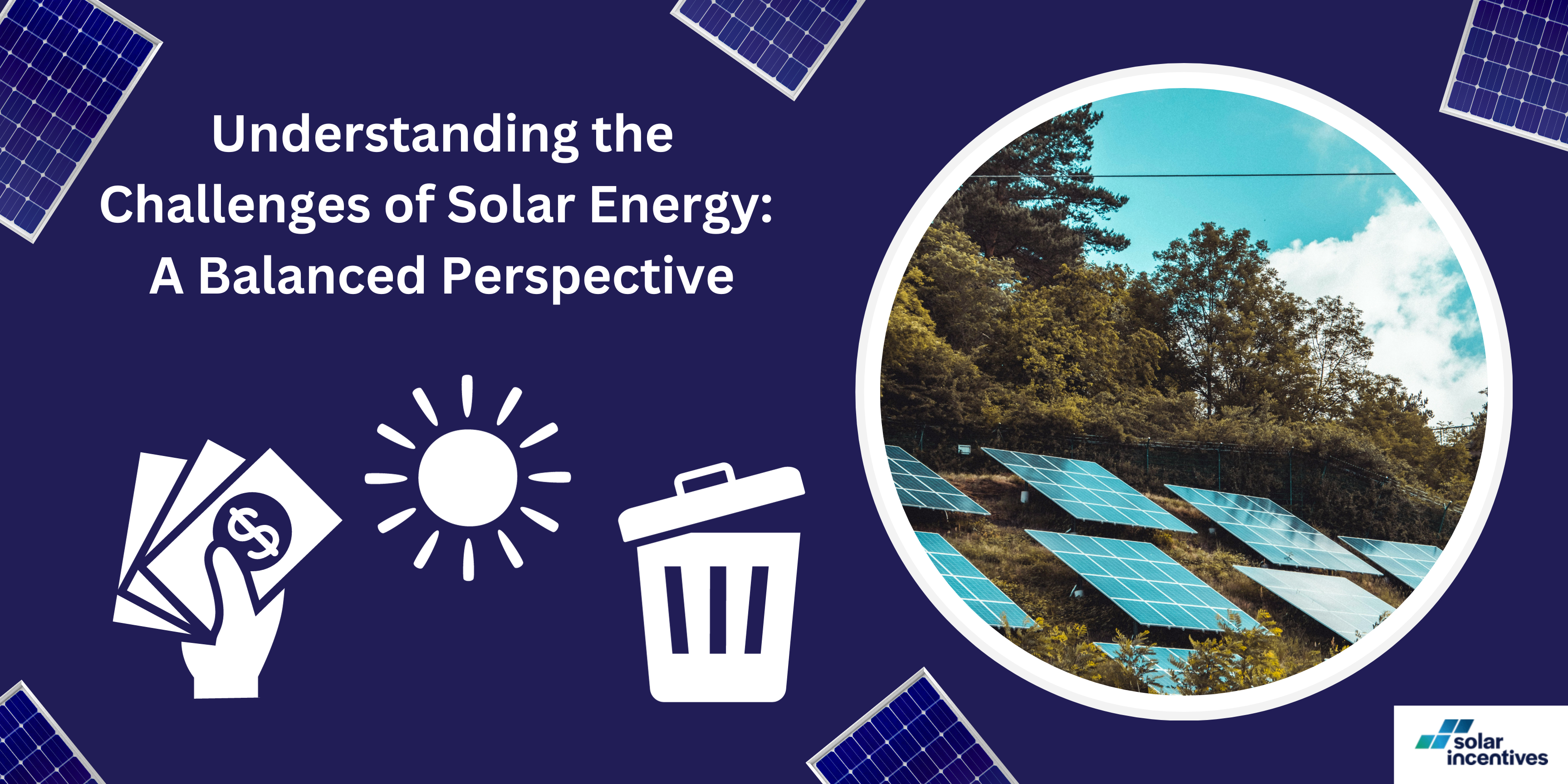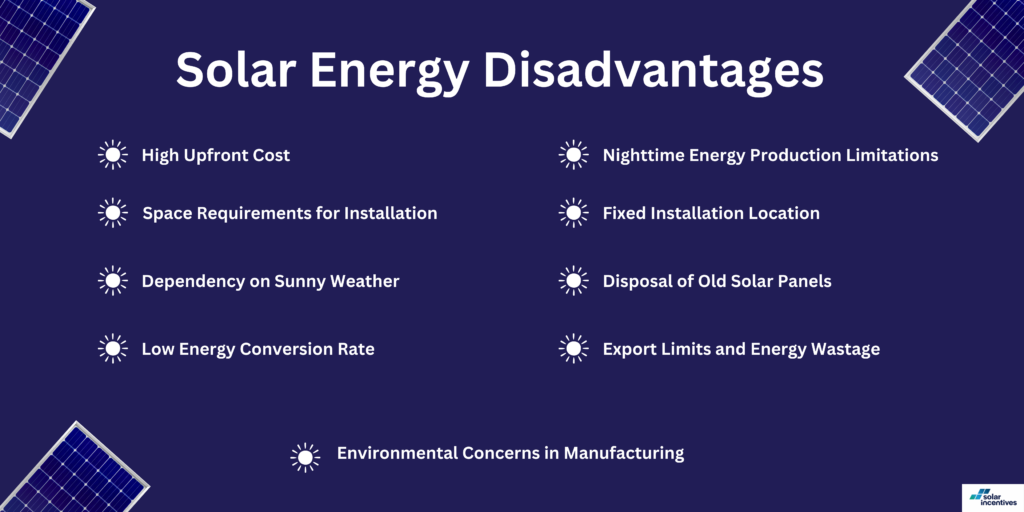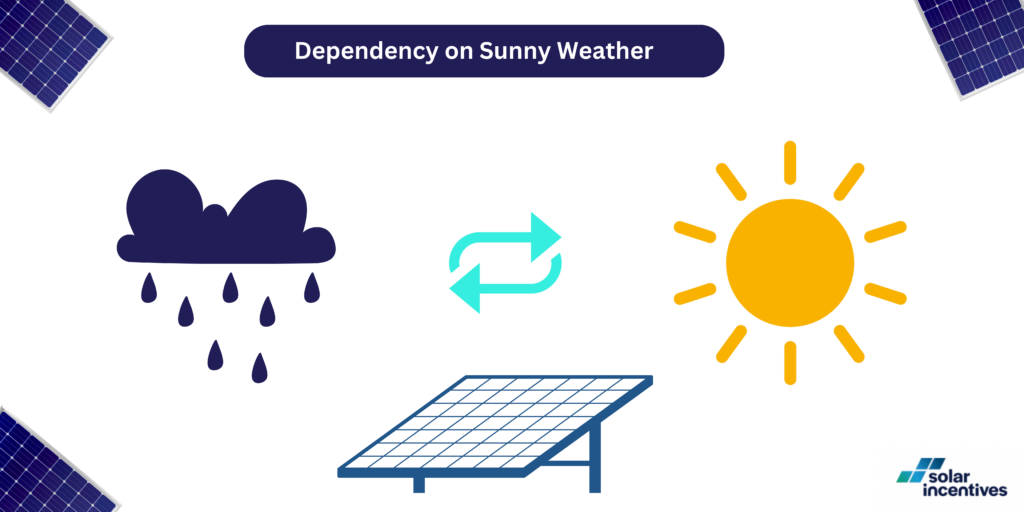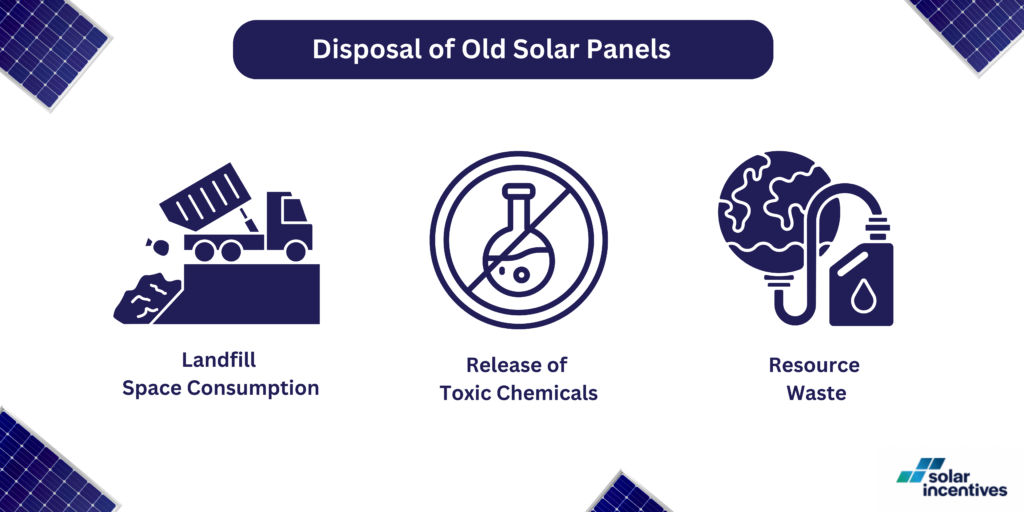Understanding the Challenges of Solar Energy: A Balanced Perspective

Steve Hill
Expert in Residential and Commercial Solar Solutions and Energy Efficiency
4 min read · 24th November 2023
Introduction
Solar energy has been a game changer in the realm of renewable energy, particularly in sunny Australia. Its ability to harness the sun’s power to generate electricity has revolutionised how we think about and use energy.
Despite its numerous advantages, like any technology, solar energy comes with its own set of challenges.
In this article, we’ll explore these disadvantages, not to discourage its use, but to provide a comprehensive understanding of solar energy in the Australian context.

High Upfront Cost
A major hurdle in adopting solar energy is its high initial cost. Setting up a solar panel system can be quite expensive, often reaching into thousands of dollars.
This includes the cost of the solar panels, installation, and other necessary equipment. Even with government subsidies helping to lower the price, it can still be a significant financial commitment for many people.
However, it’s worth noting that solar technology is becoming more affordable. Government efforts and technological advancements have helped lower the costs, making solar energy more accessible for more people.
For example, improvements in solar panel efficiency and cheaper production methods have led to a drop in prices.
In the long term, solar panels can lead to big savings on electricity bills. Although the upfront cost is high, the long-term benefits can be substantial.
For instance, a household in Melbourne could see a noticeable reduction in their yearly electricity expenses by switching to solar energy. With traditional energy prices on the rise, the savings from solar energy become even more valuable over time.

Space Requirements for Installation
One of the practical considerations when installing solar panels is the amount of space they require.
Solar panels are mounted on rooftops, which means the available space on your roof can be a determining factor.
For those with smaller or unusually shaped roofs, this can pose a significant challenge.
The size and orientation of the roof impact not only the number of panels that can be installed. But also the efficiency and overall energy production of the solar system.
The solar industry has made great strides in offering flexible and innovative solutions. These include solar panels designed for varying roof types and sizes.
Also options for ground-mounted systems for those with limited or unsuitable roof space.
Developments in solar technology have also led to the production of more efficient panels. These panels can generate more power even in smaller areas.
This progress is pivotal in ensuring that a broader range of homes and businesses can tap into the benefits of solar energy. Solar power is no longer exclusive to those with large, ideally oriented rooftops.
Even properties with limited space can now find suitable solar solutions. This allows them to contribute to environmental sustainability. and enjoy the cost savings of solar energy.
Dependency on Sunny Weather

A key factor affecting the performance of solar panels is their reliance on sunlight for electricity generation. This dependence means that their efficiency fluctuates with the availability of sunlight.
Solar panels may produce energy less efficiently on cloudy days or in less sunny regions compared to bright, sunny conditions.
However, Australia is renowned for its abundant sunshine, making it an ideal location for solar energy production.
Regions like Queensland and Western Australia enjoy long hours of sunshine throughout the year. This enhances the effectiveness of solar installations.
This natural advantage means that for most parts of Australia, the dependency on sunny weather is less of a constraint.
Environmental Concerns in Manufacturing
The manufacturing of solar panels does raise certain environmental concerns. The production process is energy-intensive and involves the use of various materials. Some of which have significant environmental footprints.
The production of photovoltaic cells requires silicon and other materials. The extraction and refinement of which can lead to the emission of greenhouse gases.
These emissions contribute to climate change. A paradox where a product meant to reduce environmental impact has its own ecological cost.
This includes the emission of greenhouse gases and the use of precious metals. Some of which are sourced under conditions that raise human rights concerns.
The solar industry is increasingly committed to addressing these environmental and ethical issues.
There is a growing focus on sustainable and responsible manufacturing practices. This includes efforts to reduce the carbon footprint of production processes.
The development of recycling programs for solar panel components and initiatives to source materials more ethically.
For example, some manufacturers are exploring the use of less harmful materials. They are implementing recycling programs to reclaim valuable elements from used panels.
Low Energy Conversion Rate
Limitation of current solar panel technology is its relatively low energy conversion efficiency. Most commercial solar panels can convert only about 20-25% of the sun’s energy into usable electricity.
This efficiency rate is the result of inherent limitations in the photovoltaic materials used in most solar panels.
The efficiency of a solar panel is determined by its ability to absorb sunlight and convert it into electricity. Factors like the type of photovoltaic material, the design of the panel, and environmental conditions play a significant role in this process.
It’s important to highlight the dynamic nature of solar technology. Ongoing research and innovation strive to improve these conversion rates. Materials science and photovoltaic technology have led to the development of more efficient solar cells.
These new types of cells are capable of absorbing a wider spectrum of sunlight, thereby increasing their efficiency. There’s also significant research into materials like perovskites, which promise higher efficiency rates and lower manufacturing costs.
Nighttime Energy Production Limitations
Solar panels cannot generate power at night, posing a challenge for continuous energy supply. This limitation has led to the development and decreasing cost of solar batteries. T
his battery store energy generated during the day for use at night.
This advancement is rapidly changing the landscape of solar energy, making it more reliable and consistent.
Fixed Installation Location
Once installed, solar panels are not easily relocated. This can be a consideration for homeowners who might move in the future.
The long-term benefits and potential increase in property value due to installed solar panels. This often outweighs the concern.
Disposal of Old Solar Panels

The disposal of old solar panels can have environmental impacts, like the release of harmful chemicals. However, the solar industry is increasingly focusing on recycling. Together with more sustainable disposal methods.
The long lifespan of solar panels (typically 15-25 years) means that disposal is not an immediate concern for most users.
Export Limits and Energy Wastage
In some areas of Australia, solar energy export limits are imposed. This can lead to the wastage of excess energy generated. One solution to this problem is the installation of solar batteries. Allowing for the storage of excess energy for later use.
Another is the integration of solar energy with electric vehicles and chargers. This will provide another avenue for utilising excess energy.
Conclusion
While solar energy does have its challenges, it has advantages in a sun-rich country like Australia.
The obstacles facing solar energy adoption are not static but are being actively tackled. This action is through continuous technological advancements and evolving policies.
Innovations in solar technology are improving efficiency and reducing environmental impacts. While government initiatives are making solar more accessible to a wider audience.
Australia is at the forefront of the clean energy revolution. Harnessing its abundant sunshine to a more sustainable and cost-effective energy future.
With initiatives like the Australian government’s solar incentives, it is financially appealing.
These incentives are designed to reduce the cost of solar installations. Making it an even more attractive option for homeowners and businesses alike.
To explore how you can be a part of this exciting journey towards a greener future and the available incentives, visit Solar Incentives.
Learn about the Solar Program and how it can benefit you. Embrace the opportunity to slash your electricity bills with the right solar solution for your home or business.
The sunlit path to a more sustainable and cost-effective energy future is just a click away!
Article By
Steve Hill
Steve Hill has a rich background in the solar energy sector and is dedicated to empowering consumers with knowledge, particularly in residential and commercial solar solutions, solar batteries, and energy efficiency products.
Steve enjoys sharing his wealth of experience, offering practical advice, and learning about the latest trends and innovative solutions in the world of solar energy.

